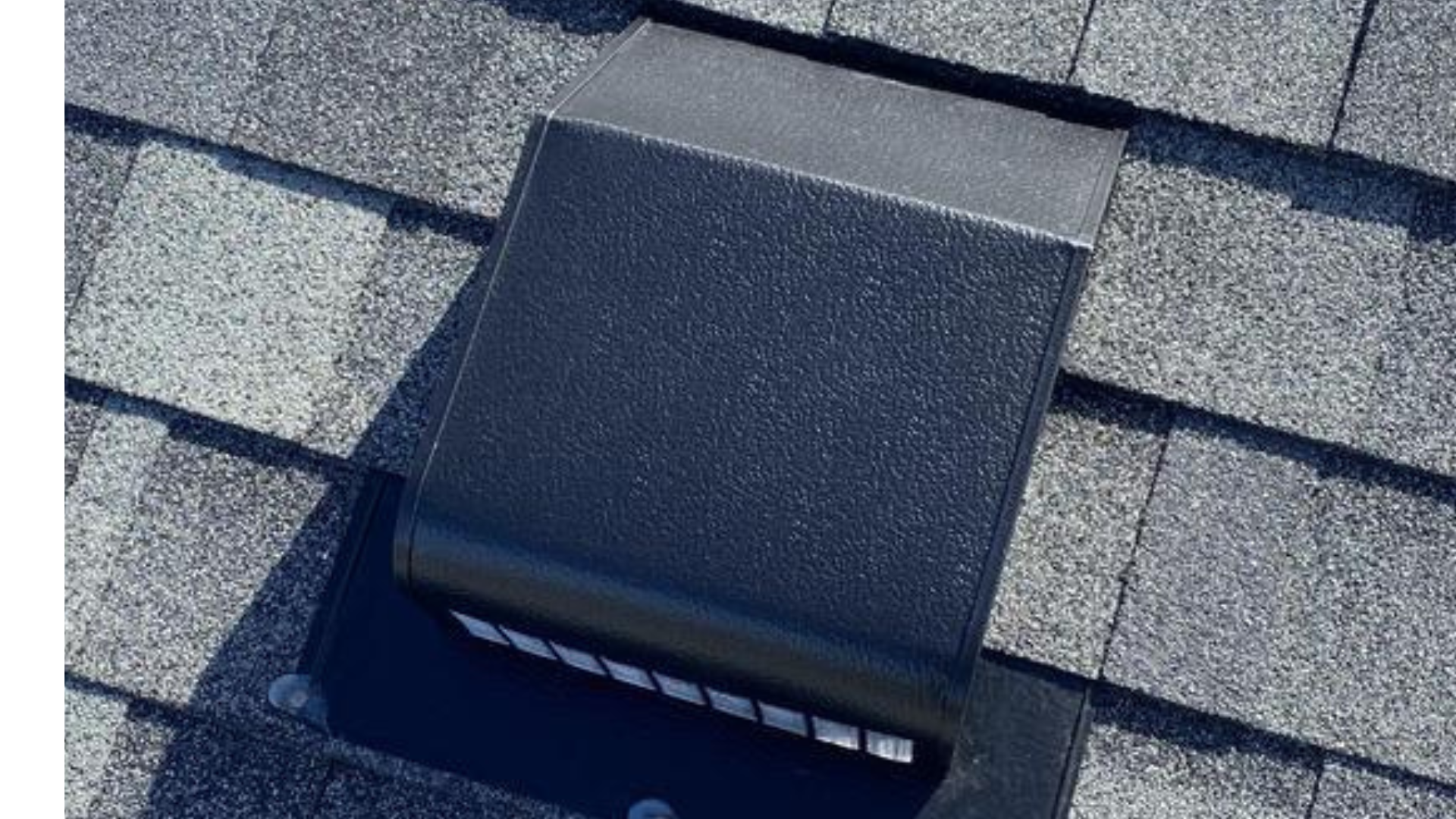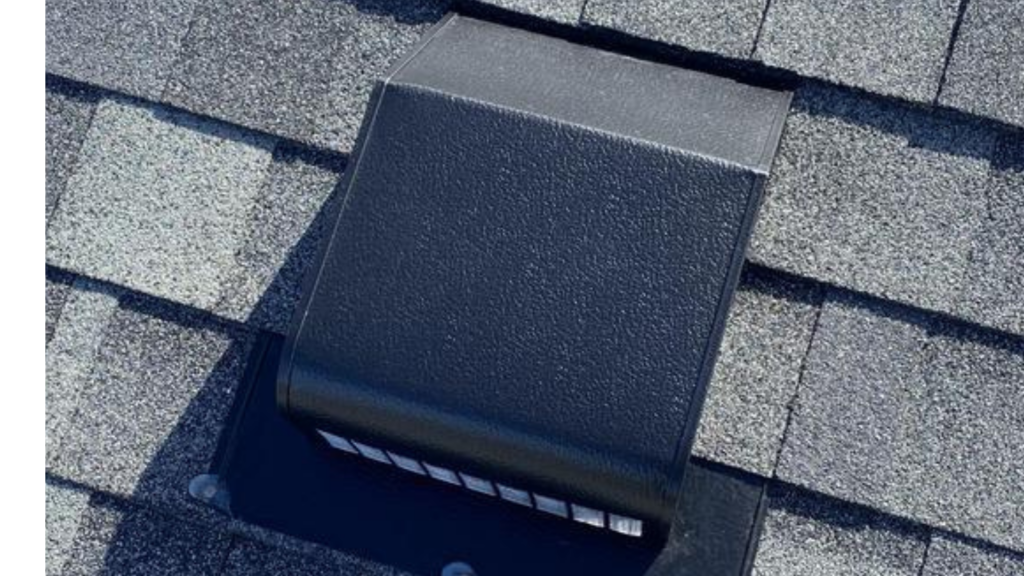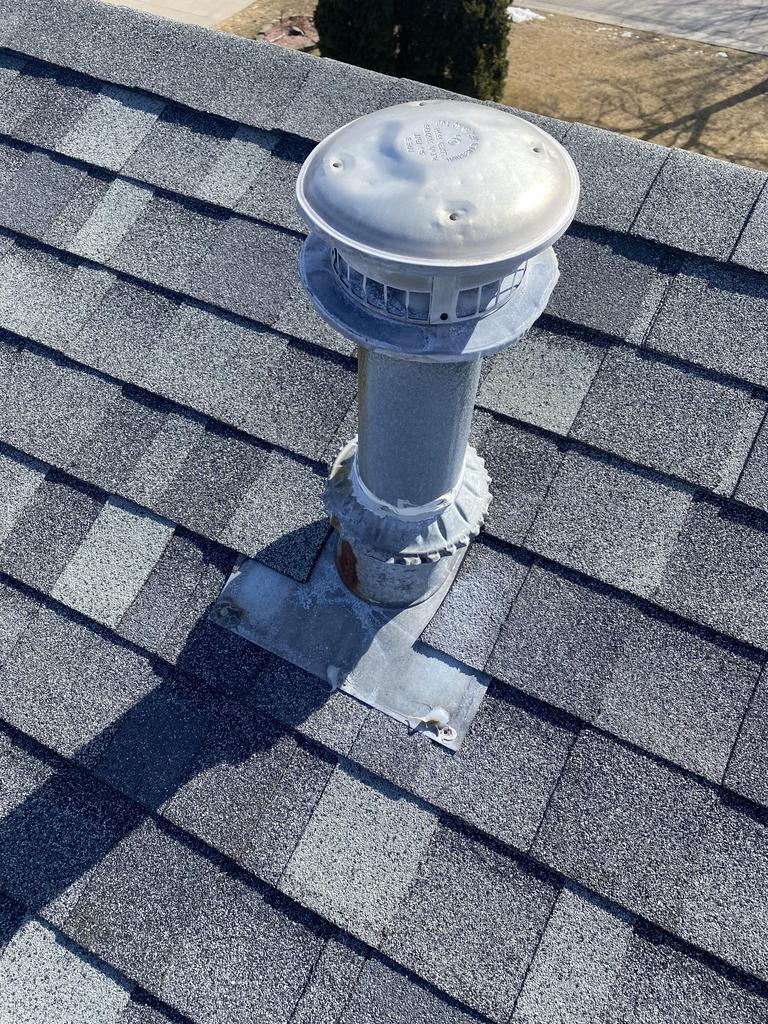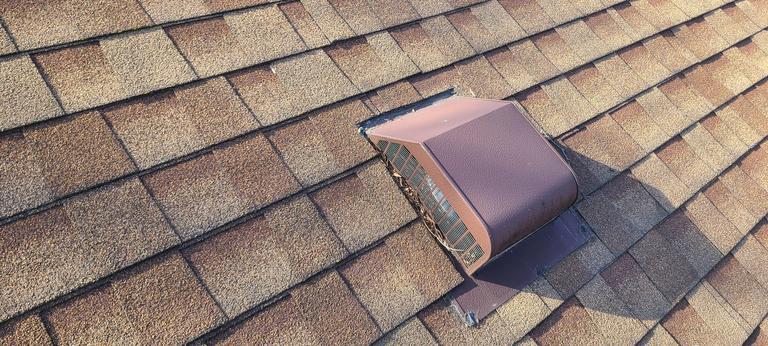
Roof vents play a crucial role in maintaining the health and efficiency of your home's interior. They facilitate proper air circulation, remove excess moisture, and help regulate temperature, contributing to a comfortable living environment. In this blog post, we will explore various types of vents commonly questions of homeowners "What are The Vents on My Roof?" their purposes, and the benefits they offer. Whether you're a homeowner or simply curious about roofing systems, this guide will provide valuable insights into the different vent options available.

Box vents, also known as static vents or turtle vents, have been a traditional method of ventilating attics for many years. These vents consist of square or rectangular boxes installed near the roof's ridge or at specific intervals. They rely on natural wind movement to create a pressure difference that allows hot air to escape from the attic. While box vents may not be as efficient as some newer options, they remain a cost-effective choice for providing basic attic ventilation.
Ridge vents have gained popularity as one of the most efficient and effective ways to ventilate attics. Installed along the entire length of the roof's ridge, these vents feature a low-profile design with an internal baffle system. The baffle allows hot air to rise and escape, while preventing the entry of rain, snow, or pests. Ridge vents work in tandem with soffit vents, creating a continuous airflow pathway that promotes proper ventilation throughout the attic space.
Solar power vents, also known as solar attic fans, utilize the sun's energy to power an electric fan that extracts hot air from the attic. These vents are equipped with solar panels that convert sunlight into electricity, eliminating the need for a direct power source. Solar power vents are an eco-friendly and cost-effective solution for attic ventilation, as they reduce reliance on electrical power while effectively removing heat and moisture from the attic.
Bath vents, commonly found in bathrooms, serve the crucial function of removing excess moisture and odors from the air. These vents are typically installed on the roof or through an exterior wall, allowing the extracted air to be vented outside. Bath vents play a vital role in preventing the buildup of moisture, which can lead to mold and mildew growth, as well as damage to the bathroom's surfaces and structures.
B vents, also known as gas appliance vents or flue vents, are specifically designed to exhaust combustion gases from hot water heaters or furnaces. While most B vents route exhaust gases through a chimney, some homes without chimneys may utilize alternative methods, such as dedicated PVC pipes or direct vent systems. Proper installation and maintenance of B vents are crucial to ensure the safe and efficient operation of gas appliances, as they help remove harmful gases from the living space.
Kitchen vents, commonly known as range hoods or exhaust hoods, are essential in removing smoke, steam, grease, and odors generated during cooking. These vents are typically installed above stoves or cooktops, and they help improve indoor air quality by venting the pollutants to the outside. Kitchen vents come in various designs, including ducted and ductless options, providing homeowners with flexibility in choosing the most suitable venting solution for their specific needs.
Plumbing vents, often referred to as vent stacks, are critical components of a home's plumbing system. These vents ensure proper air circulation within the plumbing pipes, preventing water traps from being siphoned and allowing wastewater to flow freely. Lead stacks or PVC pipes are commonly used for plumbing vents, providing airways for the plumbing system.

Traditionally, lead stacks were commonly used as plumbing vents. Lead is a durable and malleable material that could be easily shaped to create a vertical pipe extending through the roof. However, due to environmental concerns and health risks associated with lead, its use has decreased significantly in modern plumbing systems. Many jurisdictions now prohibit the use of lead stacks in new construction or require them to be phased out in existing buildings.
Polyvinyl chloride (PVC) pipes have become the standard choice for plumbing vents in modern construction. PVC is a lightweight and cost-effective material that offers durability, resistance to corrosion, and ease of installation. These pipes are available in various diameters to accommodate different plumbing system sizes. PVC vent pipes are typically installed vertically through the roof, allowing air to enter the plumbing system and equalize pressure, preventing water flow disruptions and sewer gas buildup.
It's important to note that plumbing vents should always be installed in accordance with local building codes and regulations to ensure proper functionality and safety. Improperly installed or inadequate venting can lead to issues such as drain blockages, slow drainage, foul odors, or even dangerous sewer gas leaks. Therefore, it is recommended to consult a professional plumber or adhere to local plumbing guidelines when installing or repairing plumbing vents.

Roof vents are essential components of a well-designed roofing system, providing ventilation and airflow to maintain a healthy and comfortable home environment. Understanding the different types of vents, their purposes, and benefits can help homeowners make informed decisions when it comes to roof vent installation or maintenance.
Box vents, though considered more traditional, can still be a cost-effective option for basic attic ventilation. Ridge vents offer optimal efficiency when combined with soffit vents, creating a continuous airflow pathway. Solar power vents harness the sun's energy to power attic fans, reducing electricity consumption. Bath vents remove excess moisture and odors from bathrooms, promoting a healthier indoor environment. B vents ensure the safe exhaust of combustion gases from gas appliances, while kitchen vents eliminate smoke, steam, and odors generated during cooking.
Plumbing vents, such as lead stacks or PVC pipes, play a crucial role in maintaining proper air circulation within the plumbing system, preventing water traps and allowing wastewater to flow freely. While lead stacks have been used historically, PVC pipes have become the preferred choice due to their durability, ease of installation, and compliance with modern standards.
Remember, proper installation and adherence to local building codes are vital for all vent types. Whether you're considering roof vent installation or seeking repairs, consulting with professionals or licensed contractors is recommended to ensure optimal performance and safety. By understanding the various vent options available, you can make informed decisions to enhance your home's ventilation system and create a healthier living environment.